How to Become a Leading Data Center Market, the Phoenix Way
A future $20 billion, 1,700-acre campus is part of the equation.
Phoenix is slated to become one of the world’s largest data center markets. And a $20 billion, 1,700-acre campus project in the metro’s West Valley is key for this outcome.
Denver-based developer Tract advanced the plan behind what would be one of the most extensive such facilities in the U.S. at full buildout. The development will also include a mix of industrial uses across more than 2,000 acres in the Buckeye Tech Corridor.
Earlier this month, the Buckeye City Council unanimously approved a new development agreement with Tract. The developer would receive up to $50 million in public infrastructure costs after generating $60 million in revenue for the city, the Phoenix Business Journal reported.
Metro Phoenix currently ranks fourth among the largest U.S. data center markets. It is where “some of the deepest pipelines remain … with hyperscalers doubling down on cloud regions and laying the groundwork for AI integration with cloud services,” according to a report from Cushman & Wakefield.
READ ALSO: AI Is Changing the Game for Data Centers
Upon completion, this project will position Phoenix as the world’s second-largest data center market, following Northern Virginia and surpassing Atlanta, said Howard Berry, principal of the national data center solutions division at Avison Young.

Graham Williams, CIO of Tract, told CPE that all the hyperscalers have data center campuses in the greater Phoenix market, and there is a robust lineup of wholesale providers, including Stack, QTS, Vantage, CyrusOne, NTT, Compass and others. However, data center development requires careful planning for land, power and zoning in those precise locations.
“Buckeye’s proactive and forward-thinking approach means that it is now in an advantaged position to attract thousands of good paying permanent tech jobs, many thousand skilled construction jobs, and a meaningful tax base to help support the expected continued residential growth,” Williams noted.
Gigawatt data center campuses were unthinkable a decade ago, according to Andrew Batson, JLL head of data center research for the Americas. There are about a dozen gigawatt projects across the U.S. in various forms of development. Phoenix is already in the top 5 U.S. data center markets in terms of current size, growth since 2020, capacity under construction and planned capacity pipeline.
“The addition of a gigawatt development in Phoenix would further establish the market as a national leader, especially as a top destination in the Southwest,” Batson said, adding that vacancy in the metro is among the lowest in the U.S. at 2 percent, giving hyperscalers the confidence to proceed with additional development.
Operating a data center in Phoenix is also among the most affordable in the U.S., Batson reasoned. “Both data center rents and power costs are in the bottom quartile of the nation’s markets. From the occupier side, this is driving demand. Proximity to a large and growing Southwest population is also a factor.”
Finding reasonably priced land at scale
Jacob Albers, head of the Alternatives Insights think tank with Cushman & Wakefield, told CPE that, since California data center development is facing a challenging mix of limited land availability, high land prices and high power prices, adjacent states have picked up the mantle. Phoenix, Portland, Ore., Las Vegas, and Reno, Nev., have also seen significant data center developments rise over the past five years.
READ ALSO: More Data Centers, Please!
“However, Phoenix has pulled far and away ahead of these markets in both live capacity (one of only a handful of gigawatt-plus markets) and development (with more than 3.5 GW under construction or planned),” he said. “The demand story for Phoenix has also remained strong, with … absorption exceeding 600 MW last year and on track to be similar in 2024.”

The U.S. has seen the size of data center campuses steadily grow around the country, along with an expanding trend of master-planned campuses that can be 1 to multiple gigawatts in size, according to Albers.
“This trend has begun to expand around the country where land can be purchased at scale for reasonable prices,” Albers continued. “(In) Phoenix—and Arizona at large—(it) makes logical sense for these mega campuses to grow, as a result of plentiful land, significant fiber connectivity, a substantial labor pool and low natural disaster risk, among many other factors.”
“The Buckeye project adds another submarket within Phoenix that supports the growth of cloud computing and artificial intelligence,” Johnathan Meade, CEO of Phoenix-based Meade Engineering, told CPE. “Hyperscale data center operators are rapidly expanding their physical footprint and Buckeye is now on the global radar of regions that can support the unique needs of these developments.”
Giving greater scrutiny to energy consumption
Phoenix is also among the growing number of data center hubs facing power generation constraints. Power issues notwithstanding, the region’s data center vacancy barely broke above the 2 percent mark.
Power—and water—consumption is now a primary focus for data centers of all sizes, particularly mega developments, which receive extra community scrutiny, Batson said.
“Counterintuitively, gigawatt developments can help ease the short- to medium-term strain on the power grid compared to the patchwork of uncoordinated development typically taking place in markets due to certainty and phasing,” he continued.
READ ALSO: Are Microgrids the Answer to CRE’s Power Struggle?
Additionally, the Southwest is booming with solar, battery storage and wind developments due to rising demand and the renewable incentives of the Inflation Reduction Act, Albers said.
“The West energy region (that includes Phoenix) has over 700 gigawatts in queue for connection to the grid. While most of this upcoming capacity is several years away, savvy developers are working early in their timetables to begin contracting with utility providers and energy developers in their projects’ planning and construction phases,” he concluded.
Williams said Tract will work with APS to secure transmission infrastructure and generation capacity, including sourcing new net renewable projects at the Buckeye campus.
Considering various cooling solutions
Data center water usage varies widely based on operator, use case and design. Current developments in the Phoenix area have already taken precautions to be conscious of water usage because of requests from state and local governments and water utilities.
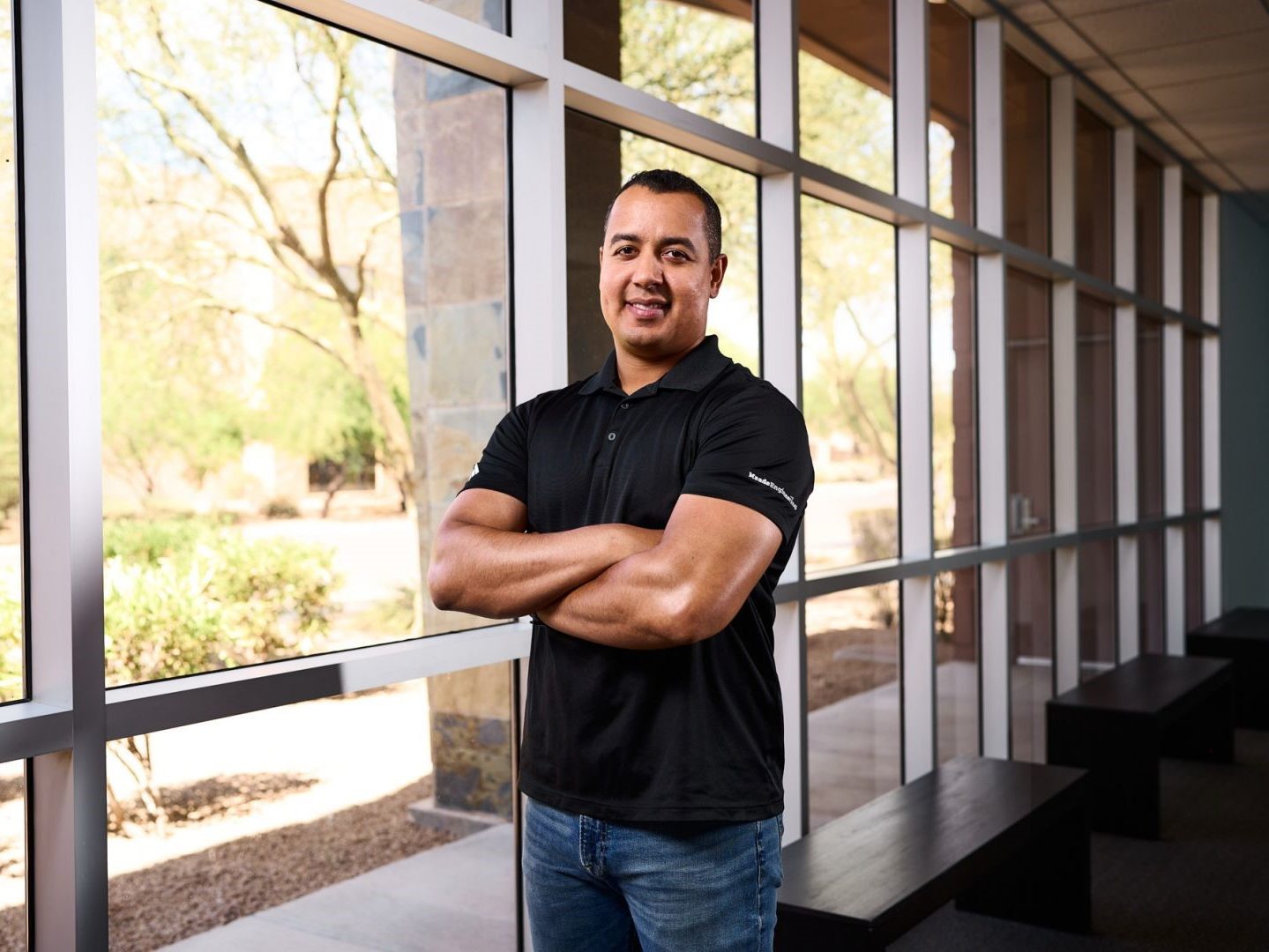
“Thankfully, technology has been quickly evolving to meet the challenge,” Batson mentioned. “Most high-powered data centers currently under construction deploy a closed-loop cooling system that does not require a significant continuous flow of fresh water to cool the facility.”
He added that this technology requires a small fraction of the water used in prior generation data centers. Additional cooling methods such as direct-to-chip cooling and rear-door heat exchanges are also being deployed, improving energy efficiency.
Based on Meade Engineering’s experience working on large data center campuses, Meade expects that Tract’s collaboration with Arizona Public Service will lead to the construction of dedicated substations to meet the demands of hyperscale data centers.
READ ALSO: Adaptive Reuse Is a Growth Lever for Data Centers
“Water usage is a point of discussion in the data center world, especially as liquid cooling solutions continue to be adopted and explored,” Meade said. “We, as engineers, are responsible for providing excellent solutions that address water usage concerns while balancing the end user’s needs and requirements.”
Williams mentioned the data center park will use less than half of the water that would have been used by a multifamily residential development on the same land.

Aaron Tartakovsky, co-founder & CEO of Epic Cleantec, said a circular model of water—where it is continuously restored—is an alternative to the traditional linear approach.
“By implementing advanced water reuse systems, water can be treated and recycled as wastewater on-site, making it available for various beneficial uses, including data center cooling,” Tartakovsky mentioned. He added that the use of alternative water sources, such as reclaimed water, further decreases dependency on limited supplies.
“Strategically co-locating data centers near municipal wastewater treatment facilities allows them to utilize highly purified recycled water generated by local communities, ensuring a reliable and sustainable water source that supports data center operations without depleting the community’s supply,” Tartakovsky said.
Data centers position themselves as leaders in environmental stewardship when they address water scarcity appropriately, he continued.
“Given their rapid expansion and critical role in the digital economy, data centers must lead by example. By rethinking their approach to wastewater, data centers can foster sustainable development while coexisting harmoniously with the communities they rely on and share vital water resources with,” Tartakovsky concluded.

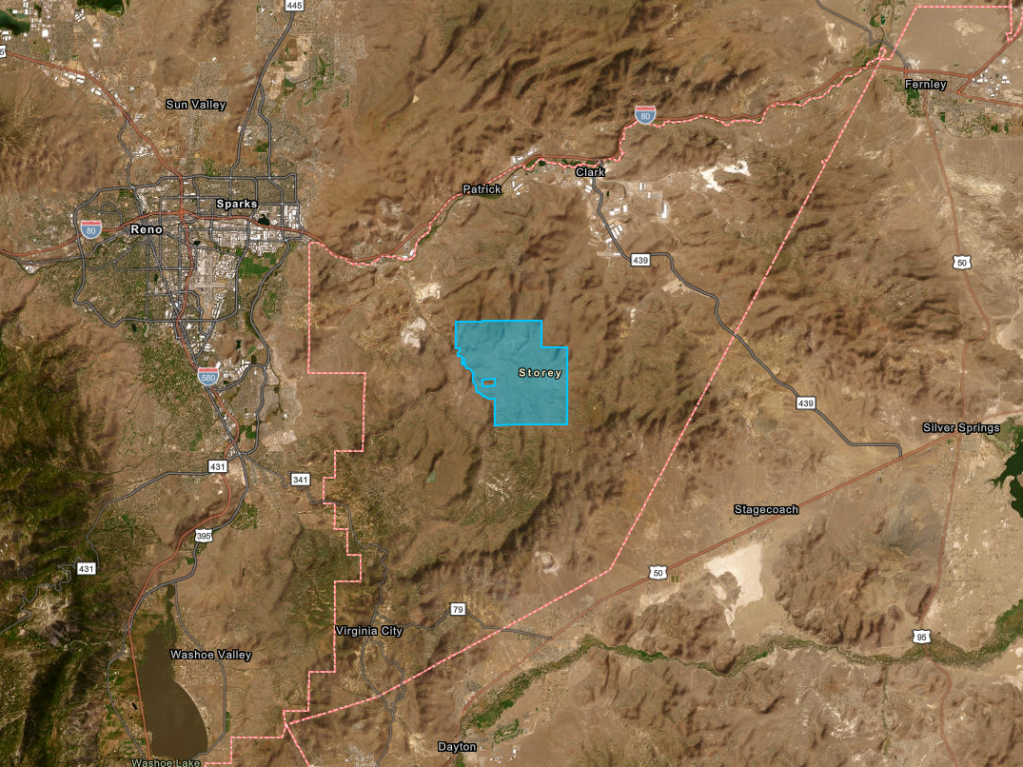

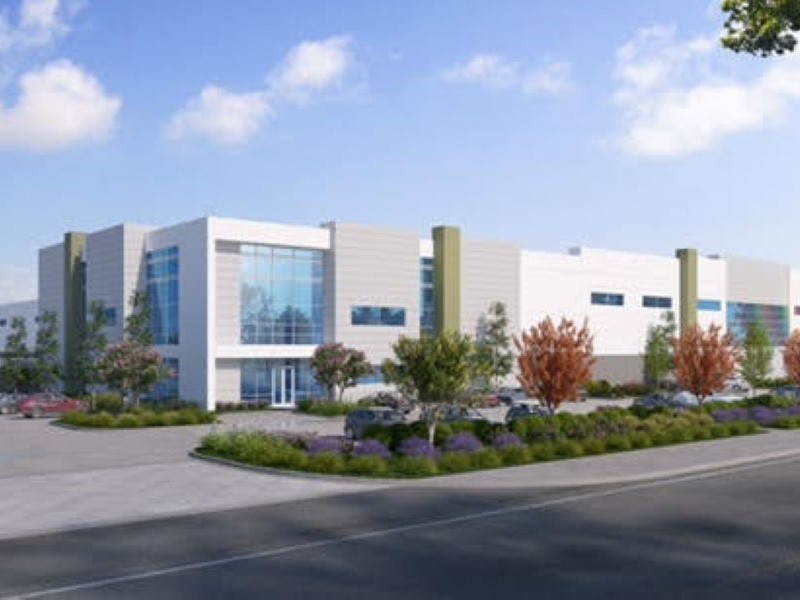

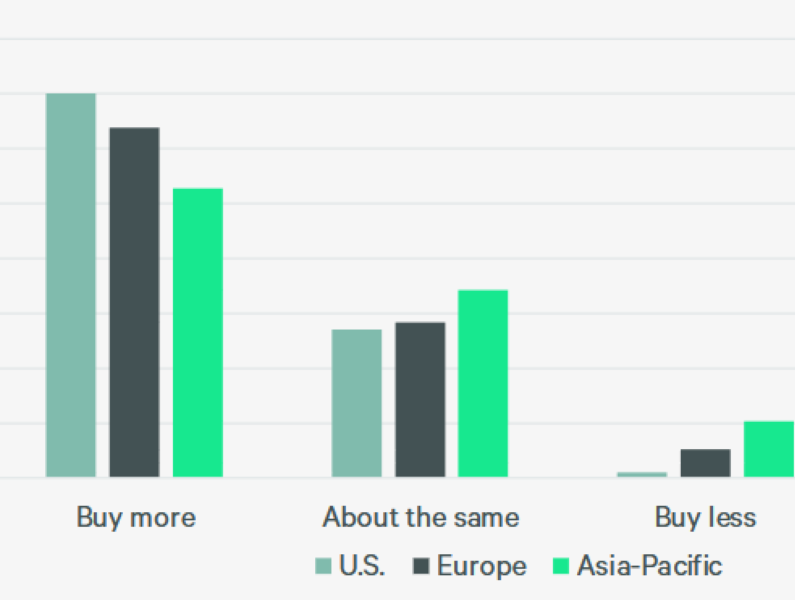
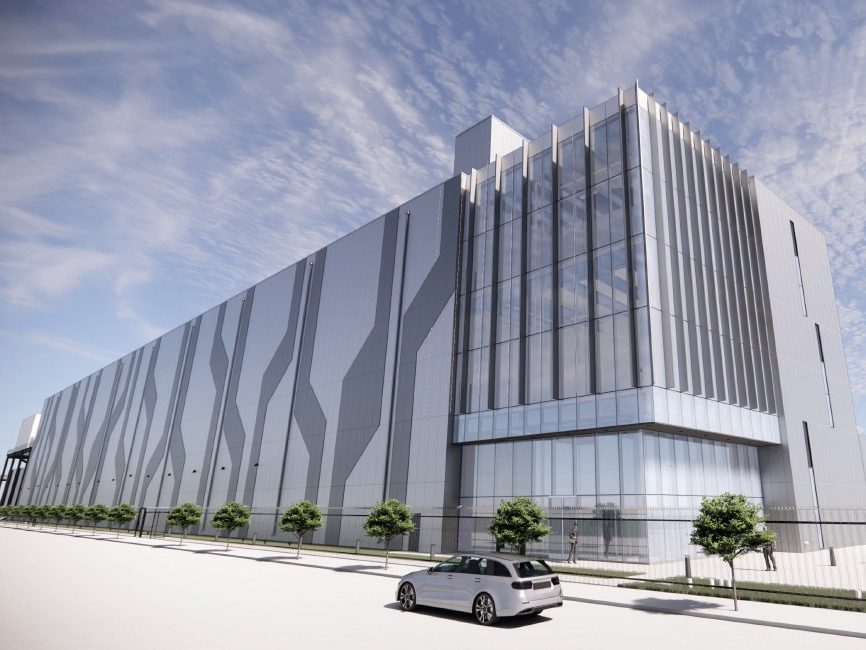
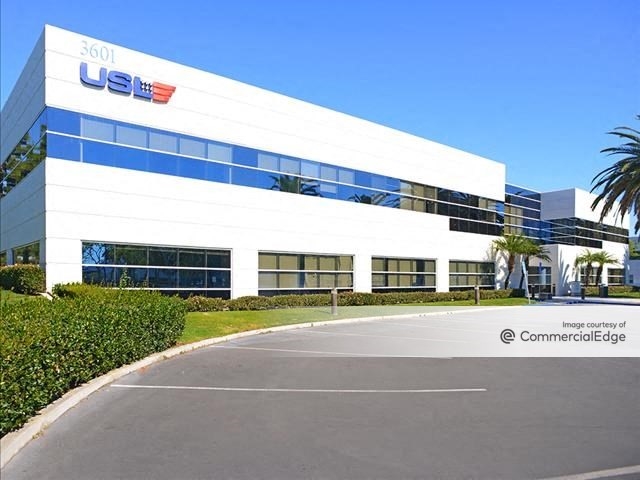
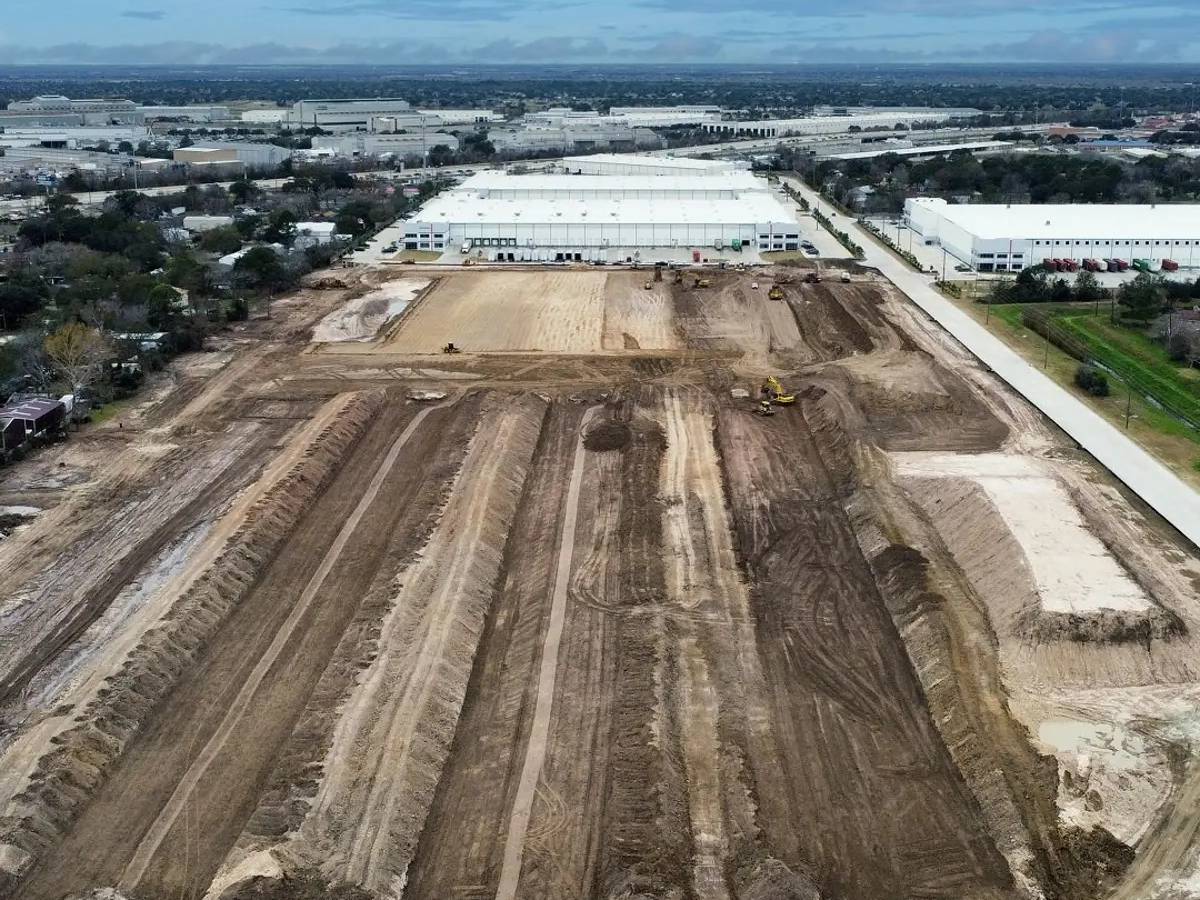
You must be logged in to post a comment.